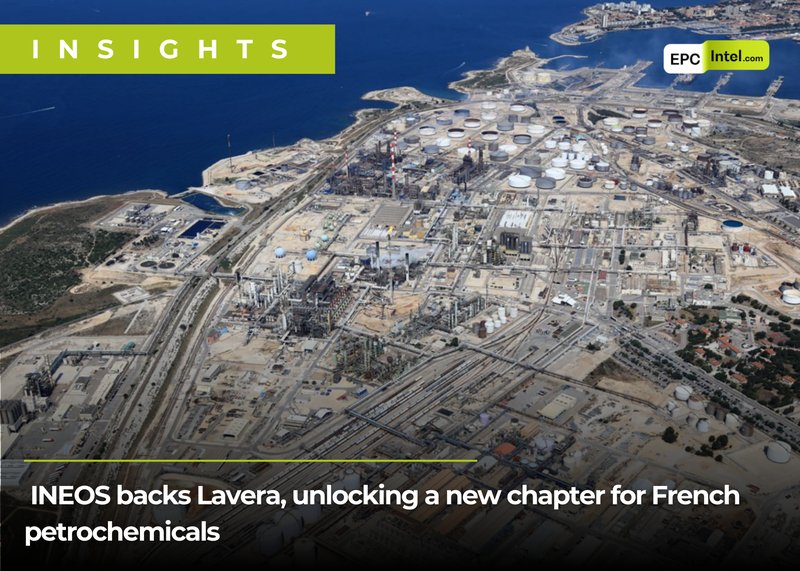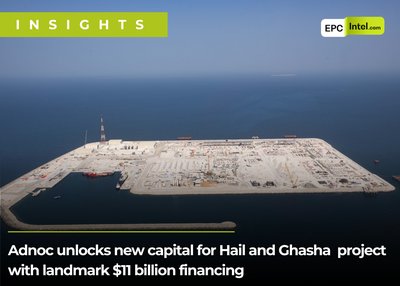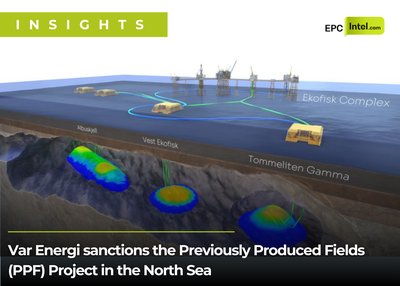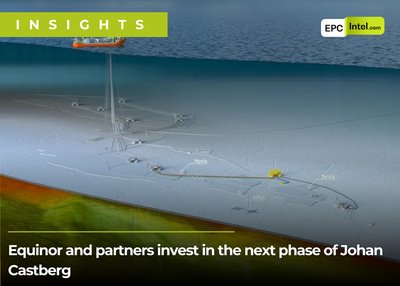INEOS has thrown a lifeline to one of Europe’s most strategically important petrochemical sites. The company’s €250m commitment to modernise the Lavera cracker is not just a capex line item, it is a political statement about the future of European manufacturing and the fragility of its energy cost base. And for EPC contractors, it quietly signals that a multi year rebuild cycle is about to open across France’s oldest integrated petrochemical hub.
A modernisation push with real industrial weight
The Lavera complex is one of the heavy hitters of the French chemicals landscape. Two thousand direct jobs, more than 10,000 in the supply chain, and production units that feed everything from aerospace composites to food packaging, medical polymers, insulation materials and clean energy components. When INEOS says it is safeguarding the backbone of French industry, it is not exaggerating.
The €250m programme is the first phase of a broader regeneration plan backed by the French State and supported by BNP Paribas and ING. The immediate focus is reliability, energy efficiency and emissions reduction, targeting the most stressed parts of the cracking train and its utilities. The company’s messaging is clear: keep Lavera competitive today, then push deeper decarbonisation in the next phases if the policy environment cooperates.
A much needed tailwind for France’s EPC and supplier market
Cracker modernisations are complex, multi package undertakings, and this one will be no exception. Based on EPCIntel.com’s benchmarking of similar European cracker life extension programmes, a typical €250m reliability and efficiency package breaks down roughly as follows:
• Furnaces revamp and heat recovery upgrades: 30 to 35 percent
• Compression train overhaul, including turbines, drives and auxiliaries: 15 to 20 percent
• Quench system, fractionation, and major column refurbishment: 15 to 20 percent
• Electrical and instrumentation replacement, digital control upgrades and safety systems: 10 to 15 percent
• Utilities optimisation including steam networks, cooling systems, flare and emissions equipment: 10 to 12 percent
• Civil works and ancillary construction: 5 to 8 percent
That opens the door for a wide range of contractors and OEMs. Expect Technip Energies, Axens, KBR, Worley, Wood and local French engineering shops to circle the furnace and process revamp scopes. Turbomachinery players such as Siemens Energy, Baker Hughes and MAN Energy Solutions will see opportunities in the compression train. Instrumentation and electrification work could draw interest from ABB, Schneider Electric and Emerson. And the civil and shutdown execution packages will likely spill across France’s established petrochemical contractor base.
Industrial politics meets energy reality
Sir Jim Ratcliffe’s comments cut straight to the point. Europe’s energy prices remain three to four times higher than China and the United States. Carbon costs are applied unevenly. And petrochemical producers have been shuttering capacity across Germany, Belgium, the Netherlands and even parts of France. Lavera’s upgrade is, in that context, a defensive investment as much as it is a growth bet.
Paris knows this. The French Government’s positioning frames Lavera as a symbol of industrial sovereignty. For EPC players, the political backing matters because it improves visibility on future phases, including the larger emissions abatement and deep efficiency packages that could follow. Those second stage works, if greenlit, would push total investment well into the mid hundreds of millions and pull in larger EP and EPC scopes.
What comes next
The message from INEOS management is that Lavera can be modernised, decarbonised and kept competitive, but only if the policy environment stabilises. That means energy cost relief, predictable carbon frameworks, and support mechanisms to unlock the next wave of capex. The future phases carry the potential for major CO2 reductions and structural efficiency gains, which implies more furnaces, more process unit upgrades, and possibly carbon capture or electrification of heat.
For now, EPC contractors will be watching for pre qualification rounds on the furnace revamp packages, rotating equipment upgrades and instrumentation scopes. The 2026 to 2028 window is likely to be heavy with construction activity in Provence.
Lavera is more than a cracker, it is a stress test for Europe’s industrial resolve. With the first €250m committed and France’s government leaning in, INEOS has thrown down a challenge to Brussels: create competitive conditions or watch more plants go dark.




